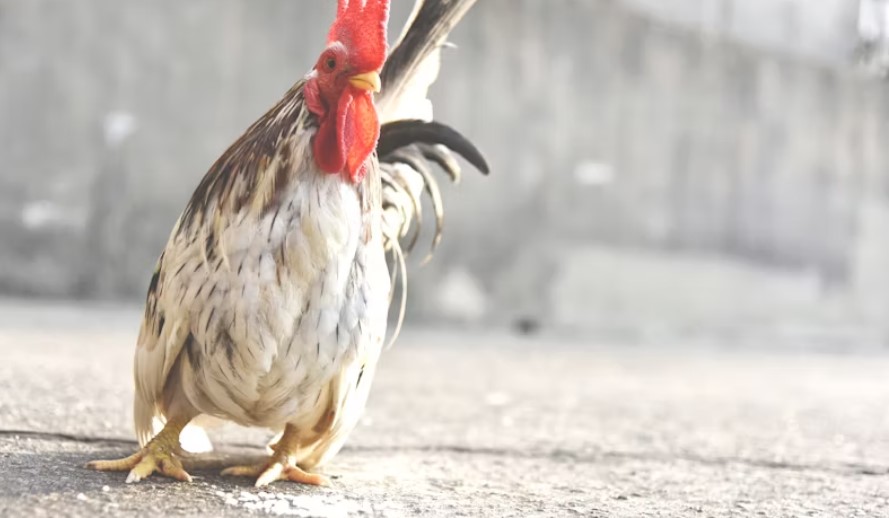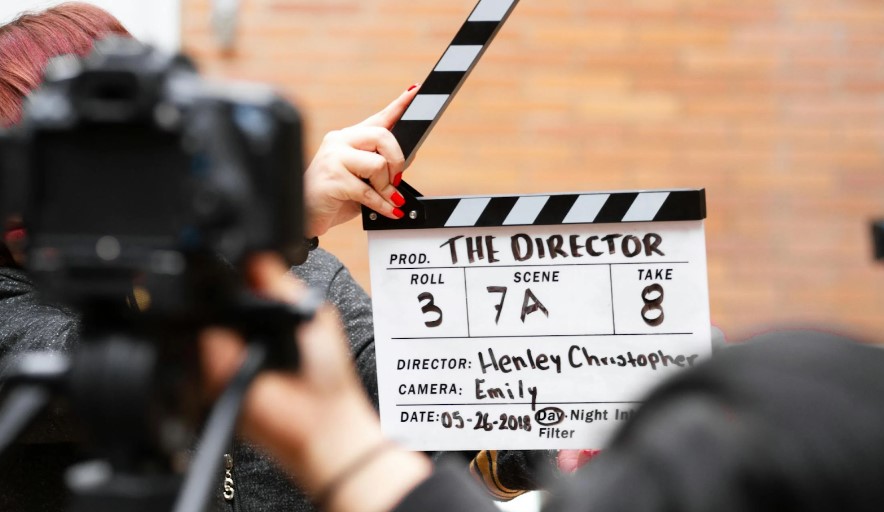
The societal context of the storytelling and cockfighting imagery articulates various cultural, social, and economic themes. Although cockfighting is illegal in many countries, it remains a crucial part of people’s culture and social fabric. This is especially true in the Philippines, where it is a public sport and a vital part of the local tradition. The law, ethics, and tradition conflict. This conflict lets the directors show these things. They appear in the rich tapestry of Greek tragedies.
However, players and viewers can place bets on the sport. This adds more options and enrichment to your gambling adventure. In essence, playing online Sabong can help your bankroll while you experience a new side to gambling. These online Sabong sites are licensed and guarantee juicy promotions and rewards.
In Cultural Context
Sabong is not just a term for gambling or entertainment. Instead, it is a tradition with hundreds of years of history, similar to the culture of the Philippines and other countries. It is an instrument that allows filmmakers to view the themes mentioned above from a unique angle, such as tradition versus modernity, the stratification of society, and survival issues. Using the extreme, frequently bloody reality of cockfighting, the film’s exploration of the essence of human beings and social relations can be deepened.
Storytelling and Character Development
The cinema makes it possible to make cockfighting an essential device or a setting, causing the development of character and plot advancement. Individuals in cockfighting may be the less privileged struggling to get up, experienced fighters fighting their internal battles, and the crooked people using the game for their gain. The battlefield of the cockfight is a representation of the battlefield of life, where fighting is done, and fate is decided, which brings forth a microcosm of the more fantastic societal battles.
Visuals and Cinematography
In addition to this, the depiction of Sabong in the movies is also essential. Cinema offers an opportunity to explore the vivid, even at times overwhelming, environment of cockfighting menageries. Moviemakers utilize the images of the fight, the vibrant crowds, and the bright colors of the cocks to present beautiful, active scenery that reveals the heart of the sport and its role in the culture. Stunning scenes of Sabong can be used to create visual stories that reinforce movie themes and feelings.
Ethical and Moral Considerations
Even though the Sabong provides a vast field for storytelling and visual expression, its incorporation into movies elicits contrasting reactions. The ethical and moral issues surrounding the representation of animal suffering can lead to a discussion and debate with spectators and critics. Nevertheless, through a thoughtful approach, films centered on cockfighting may become the starting point for a meaningful dialogue on tradition, morality, and the complexity of animal and human welfare.
Films that Feature Sabong
Several movies successfully incorporated cockfighting into their storyline and visual elements to elevate the film’s storytelling. Illustrations include “Manila in the Claws of Light” by Lino Brocka and “On the Job” by Erik Matti. These and other such films depict the multiplicity Sabong brings to story plots, showcasing how it portrays the cultural meaning of the sport and how it affects the human experience.
Exploring Social Commentary through Sabong
Films that have an insinuation of Sabong will not only aim to entertain but also to give thought to the thought-provoking observation process of showing cockfighting; the filmmakers are also able to criticize issues such as poor line, corruption, and human indulgence in violence and gambling with money. Within a microcosm of the cockfighting arena, it is possible to illustrate a mirror image of a greater society to show how different humans cope with political, equality, or resilience matters. An example of this is a movie that uses cockfighting fights to highlight that many individuals often run away from medium-level troubles in life and might also be exploited by such an act.
Symbolism and Metaphor in Sabong
Dog fights go religiously in the movies they make. There could be many parallels between the clash between roosters and dualities or divisions – good versus evil, tradition versus modernity, or the war between different social classes – go here. These contests may illustrate the fortunes of life, outdoor activities, or consequences of an action or inaction by someone or a community. The tightly and when viewed as a metaphor, the cockfighting ring with all the people and the roosters can represent the strict regiment of the society or the moral conflict that the character can have inside their head.
The Role of Sound and Music
The part of spectacularity in Sabong is not complete until the crowd’s huge roar, the roosters’ knock when they fight for their life, and the online Sabong site bettors’ and handlers’ strong voices are all merged into a rich soundscape, which highlights the sensory experience of the films. The vitality and cultural dimensions of the rooster fighting scene get deeper through music, sound, and screen composition. The music and sound design also bring tension, drama, and the significance of the cultural element of this scene. Traditional music could be used to upscale the cultural heritage of Sabong more holistically. However, the sensory character can be enhanced by utilizing dynamic sound editing, further involving the audience in the displayed reality.
Ethical Filmmaking Practices

While it is essential to bring realism into your story, the filmmakers should also clearly see the context of the ethics and the cruelty towards animals. This demands its unique care towards determining filming methods and presenting cockfighting. The recreation of battle scenes is handled differently by the filmmakers. Some opt for stylized representations, others for artificial fights to avoid harming the animals. The latter usually focuses on dramatizing conflicts and cultural background instead of the bloody incidents during the war. This gives the film a dignified air, keeping the artistic worth of jai alai within the ethical boundaries of the movie-making process.
Global Perspectives and Reception
Film passages, including Sabong entertainment, additionally present the possibility of the viewers interacting and pondering a cultural practice they do not understand. Across cultures, this paradigm that movies employ unites everyone through one language for the film. These stories about Sabong lead to accessible communication and interaction among different races. Through a depiction of this familiar custom, we come to know about the diversity and depth of human experiences having both communal as well as cultural aspects, and this makes the spectators understand that no matter whether they are members of the same community or not, the difference in geographical location notwithstanding.
Future Directions
Over time, as world cinema changes, the representation of a lot and other similar cultural activities may alter to reflect the culture’s progression of views and ethics. As for the upcoming movies, some are opening the subject of tradition and holding on to modernity more closely, bringing the individuals particularly connected to these transformation areas. The application of technology and innovative ways of filmmaking could create new traditions and preserve history. Still, the producers, managers, organizers, and viewers should respect this cultural product while observing ethical criteria.
In addition, virtual reality (VR) and augmented reality (AR) technologies may bring interactive experiences for the audience, who will learn about the Sabong and the cultural context where depicting animals fighting in real life is unnecessary. This evolution herein is regarded as changing the existing cultural image on the screen and including more sophisticated and justifiable methods.
Conclusion
Ultimately, in filmmaking, the role of Sabong as a tool for storytelling and a visual masterpiece is vividly diverse, which may open up the possibilities to explore many themes and characters. But this does not mean at all that moral issues should always be taken into account. The use of songs is essential for enhancing the narrative and the visuality of the movie since it can give the viewers more information about the cultures where the tradition of this phenomenon originates.
 Barnorama All Fun In The Barn
Barnorama All Fun In The Barn